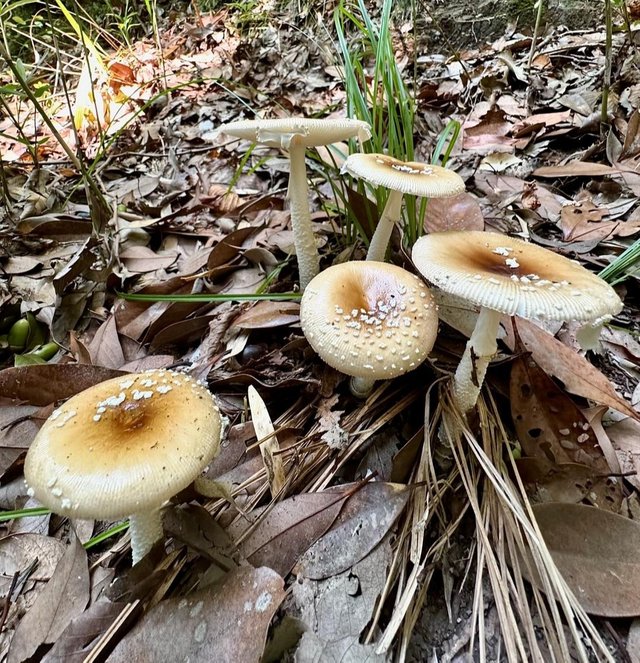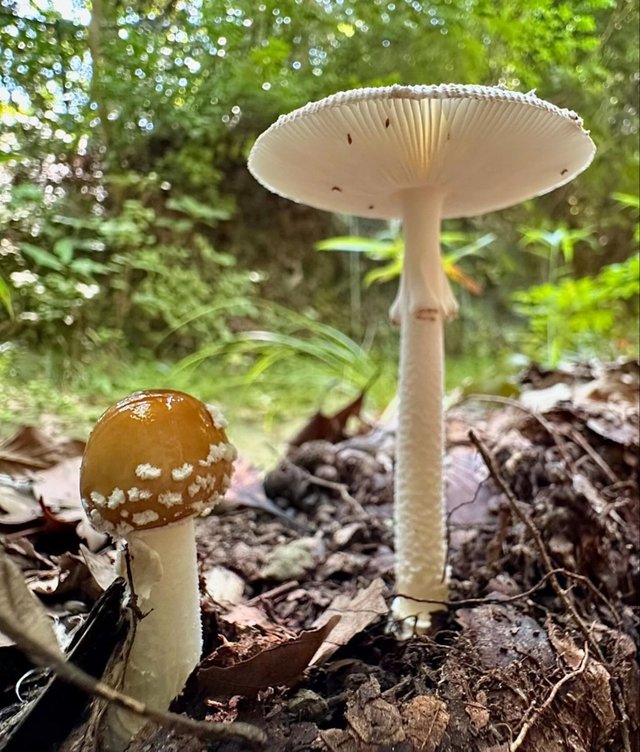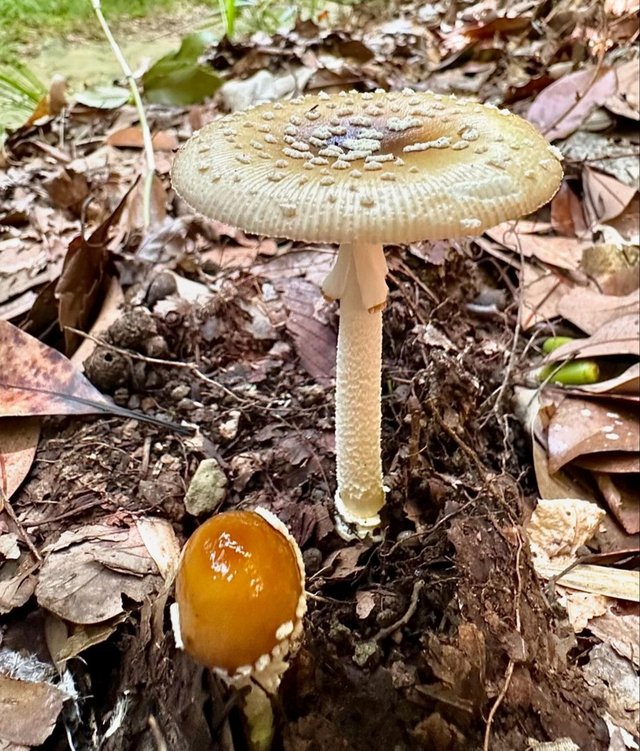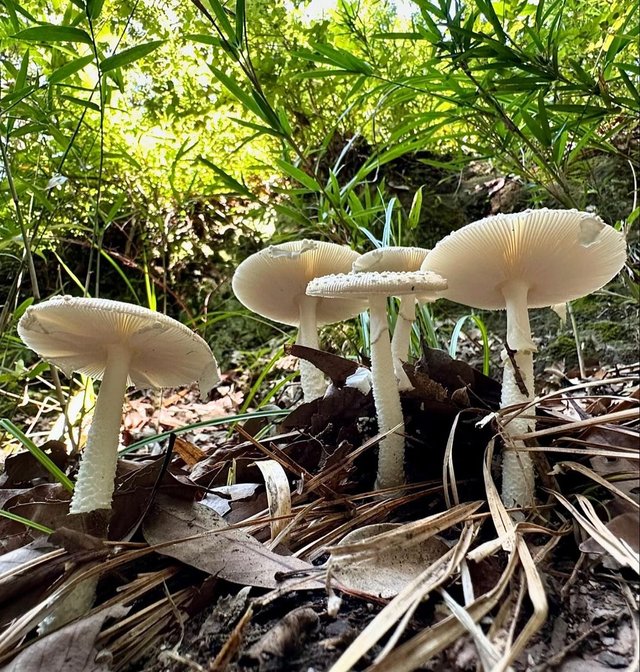So Beautiful Amanita Ceciliae Flower
Amanita ceciliae: A Fascinating Mushroom
The world of fungi is rich and diverse, with thousands of species dotting our landscapes, each with unique features, ecological roles, and histories. One such species, Amanita ceciliae, also known as Cecilia's Ringless Amanita or Snakeskin Grisette, is a remarkable mushroom that intrigues both mycologists and mushroom enthusiasts alike.
Taxonomy and Classification
Amanita ceciliae belongs to the large and ecologically significant genus Amanita, which includes over 600 species worldwide. The Amanita genus is notable for housing some of the most toxic and deadly mushrooms, such as Amanita phalloides and Amanita muscaria. However, Amanita ceciliae stands apart because it is considered a non-toxic or mildly toxic species, making it an exception in a genus that is notorious for poisonous varieties.
The specific epithet, ceciliae, is a tribute to the 19th-century mycologist Cecilia Berkeley, a lesser-known figure in the early history of mycology. She was the wife of Miles Joseph Berkeley, a pioneering British mycologist, and played a role in documenting and identifying fungi.
Physical Characteristics
One of the most striking aspects of Amanita ceciliae is its distinctive appearance. The following are key features that help identify this species:
Cap:The cap of Amanita ceciliae is typically between 5 to 12 cm in diameter.
It has a yellowish-brown to gray-brown color, often with a shiny or greasy surface when wet.
The margin of the cap is striate, meaning it has fine radial lines that extend from the edge inward.
The surface is covered with remnants of the universal veil, a layer that encases the mushroom in its immature state. These veil remnants form distinctive, irregular patches on the cap, giving it a somewhat warty appearance.




